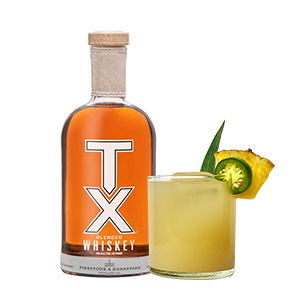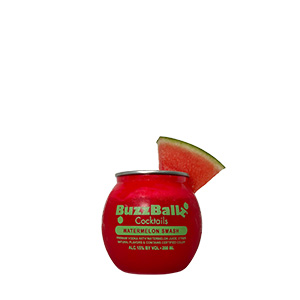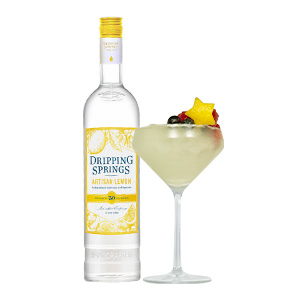
So you’re throwing a big party— congrats! Whether the occasion is a wedding, birthday, or simply a celebration for fun’s sake—a lot of thirsty guests means a lot of drinks to be poured. For many, buying or renting a beer keg is the perfect solution to keep the suds flowing at a large gathering. Here is everything you need to know:
What You Will Need
• A Keg of Beer
• A Tap System (Make sure your coupler is compatible with your keg)
• Lots of Ice
• A container, like a large plastic (clean) garbage can to keep the ice in
Kegs are Engineered for Flavor Balance
Most people take for granted that when you tap on a keg, beer will flow forth with just the right proportions of foam, carbonation, coolness and flavor. The truth is that a great deal of thought and engineering has gone into achieving just the right balance of brewski and carbonation.
How To Tap A Keg Like a Boss
Most taps have a handle that pushes down to lock the tap onto the keg, while others have dual-flanges that you twist about a quarter-turn. Either-way, make sure that the handle or flanges aren’t in the engaged position. If they are, the moment you put the tap on the keg, you’ll get soaked with a big giant spray of beer! And you don’t want that.
Next, seat the party pump on top of the keg, making sure not to push down on the spring-loaded ball valve (this is another way to accidentally get sprayed with beer). Lock the pump onto the keg by rotating it clockwise, then engage the tap by pulling the handle out, then pushing it down, or by twisting the flanges. If you see bubbles or foam forming around the tap, stop! Because something’s not seated correctly, so disengage the pump, take it off, and try again.
How to Pour From a Beer Keg
Keep in mind the first pour is always going to be foamy. Also, you don’t have to pump before the first pour since the keg is already under a great deal of pressure.
A pour from a keg that is too fast or slow will create foam. You can regulate the speed by how much you pump.
For the first few pints (while the keg is still under pressure), we recommend you slow down the flow of the beer. Do this by elevating the tap and glass above your head. Then, if you want the flow to speed up, start pumping more. Some taps also have a small pressure release valve, which you can open by pulling the metal ring attached to it.
Since there’s no hard rule for the proper number of pumps per pint, it’s best to do this with a friend rather than by yourself. One person should hold the glass at a 45-degree angle and point the spigot toward the side of the glass. As the pint is filling up, gradually turn the glass vertical to avoid spillage. The other person should give the keg a few pumps anytime the glass starts to get too foamy.
All About Keg Sizes
The half-barrel keg is the size most people think of when they imagine a large container. It’s called a half-barrel because the “barrel” is a legal unit of measure used for import and export statistics. In the U.S., a barrel is 31 gallons (117 liters) by definition. So, as you might have guessed, a half-barrel holds half that amount — somewhere between 14 and 16 gallons (53-60 liters), aka 124 pints. When planning your party, it might take a little math, but estimate first how many people will be drinking from your keg, then determine an average of how many servings they will consume.
• Sixth Barrel, Mini Keg (5.16 gallons)
Number of 12 oz. Servings: 55, Number of 8 oz. Servings: 82
• Quarter Barrel, Pony Keg (7.75 gallons)
Number of 12 oz. Servings: 82, Number of 8 oz. Servings: 124
• Half Barrel, (15.5 gallons)
Number of 12 oz Servings: 165, Number of 8 oz. Servings: 248
More Tips for Using a Beer Keg:
Here are some simple tips for getting the most out of your party keg:
• Get the right tap and treat it with care. It is typical for the seller to charge a refundable deposit for the tap equipment, so treat the tap carefully.
• Understand the keg system you’re using. The two most common keg systems are the straight-sided, easy-to-use Sankey kegs — used by most microbreweries — and the Hoff-Stevens kegs. The latter is a tad outdated, but it is known by its bulging sides and obvious bung hole (the corked opening where the keg is filled). The Hoff-Stevens system must be screwed carefully onto the keg, be careful and watch out for spray! Also, make sure the taps are clean and properly seated on the openings, or else the keg won’t pressurize properly. If the keg doesn’t pressurize, beer doesn’t flow, you don’t drink, and that’s a party-foul!
• Keep the beer cold; This may seem like a no-brainer, but in this Texas heat, this is particularly important to be mindful of. If you don’t have a huge refrigerator, place ice on top and around the base of the keg while it stands in a large bucket or clean, plastic garbage can.
• Anticipate a foamier first gallon. This is pretty normal, as the keg will most likely have been jostled during delivery, but the beer flow will eventually come out normal.
• Be prepared for leftovers. Leftover beer is pretty standard, so plan ahead by keeping some well cleaned out plastic milk jugs, or growlers that you can pour the excess into. Refrigerate immediately and drink within a day or two.
Find the perfect keg for your next bash right here, from the helpful party purveyors at your local Spec’s. They’ll be able to get you all set up for your keg.
Cheers!




